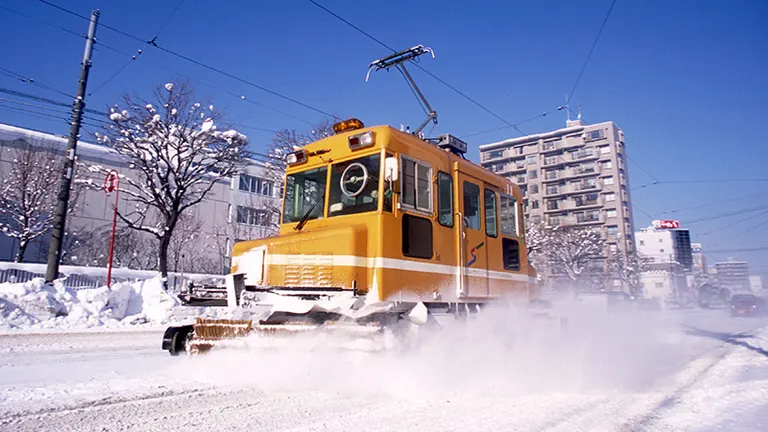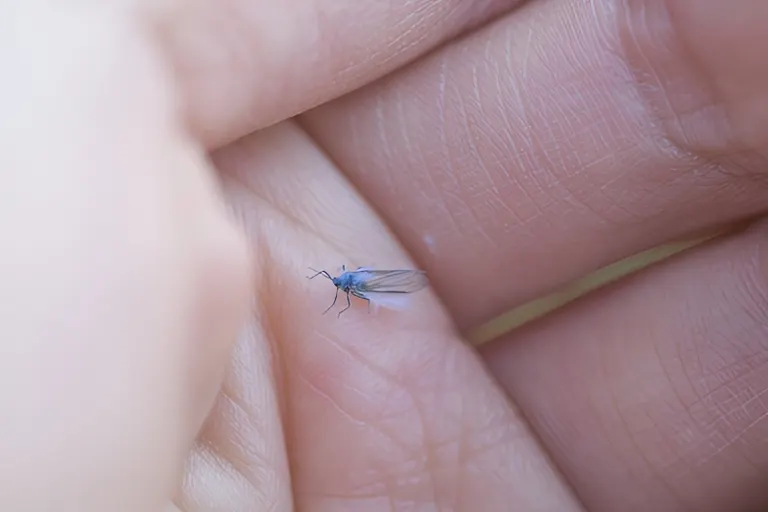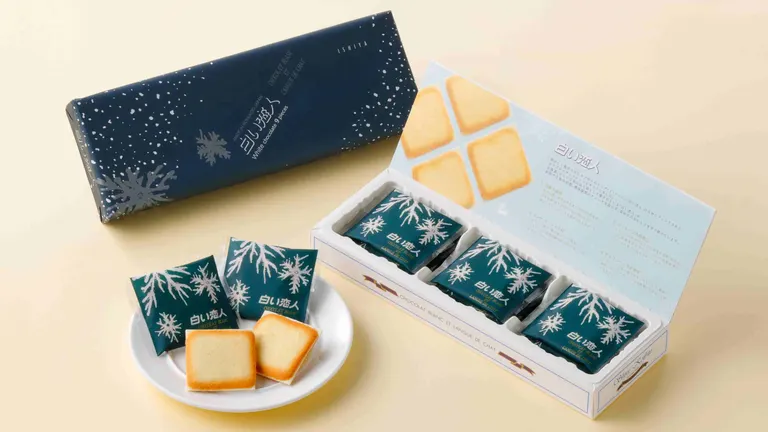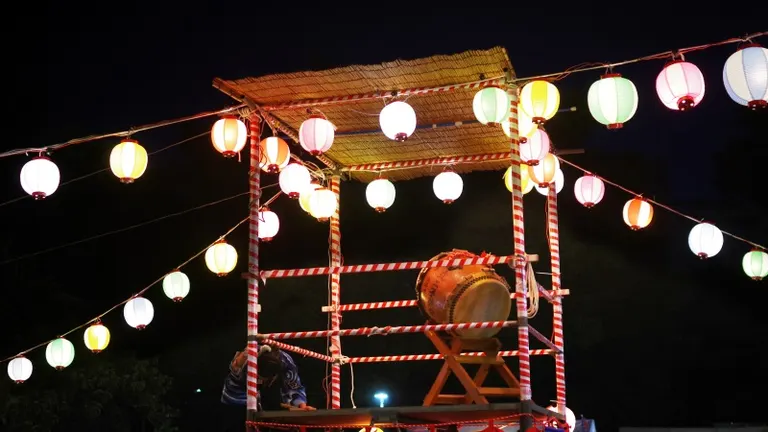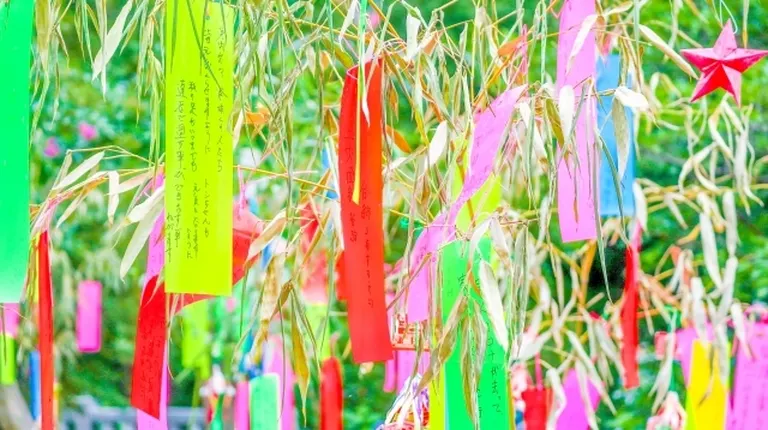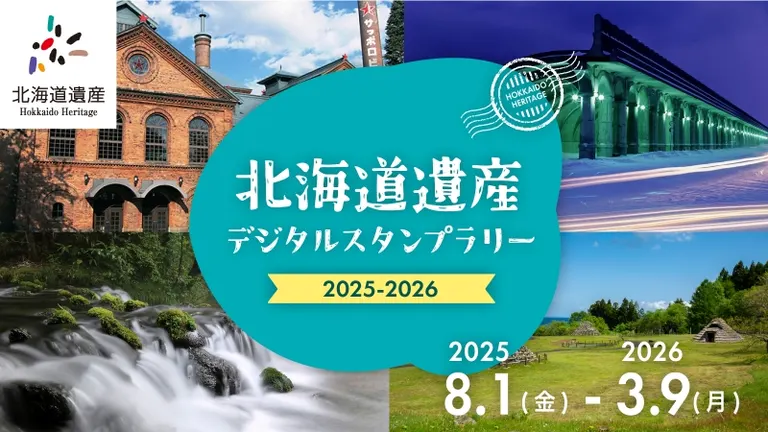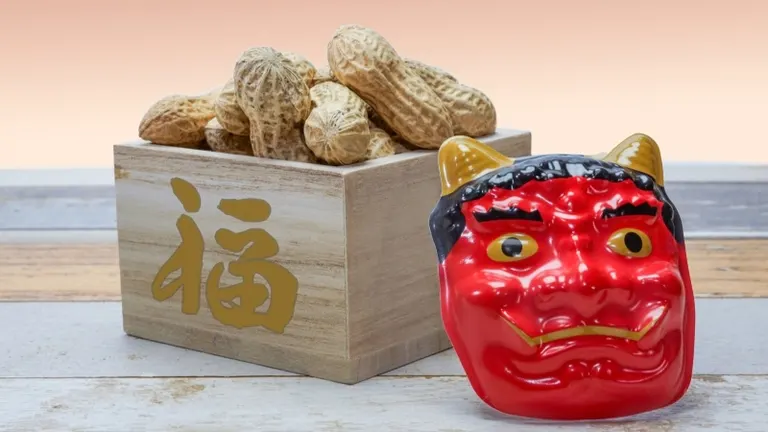
ARTICLES
Why do they sow peanuts instead of soybeans for Setsubun in Hokkaido? The mystery that you may not be able to ask now is clarified!
February 3, the day before the first day of spring, is Setsubun. Setsubun is still a nationwide event, during which people throw beans at masked ogres, saying "Oni wa soto, fuku wa uchi" (the devil is outside, the good fortune is inside) and eat ehoumaki (rolls wrapped in ehoumaki, a traditional Japanese sweet made with soy sauce and sugar). What kind of beans did you scatter for the ogres in your area? Many people may answer "soybeans", but in Hokkaido, "peanuts" are the standard. Why on earth did people in Hokkaido start to scatter peanuts?
The origin of Setsubun and the reason to sow beans to ogres
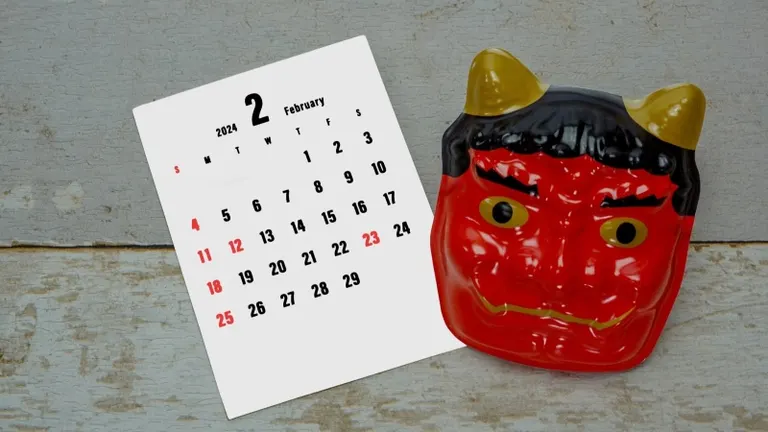
First, let me explain the origin of Setsubun. Setsubun began in the Nara period (710-794) when an ancient Chinese ritual called "Tsuina" was introduced to Japan to drive away ogres, and became popular among the general public in the Edo period (1603-1868). Setsubun used to be held four times a year in spring, summer, autumn and winter, and Risshun, which marks the beginning of spring, means "the first day of the year" in the lunar calendar. The day before Risshun, the "beginning of the year," is considered to be a special day like "Omisoka" today, and Setsubun is still held on this day.
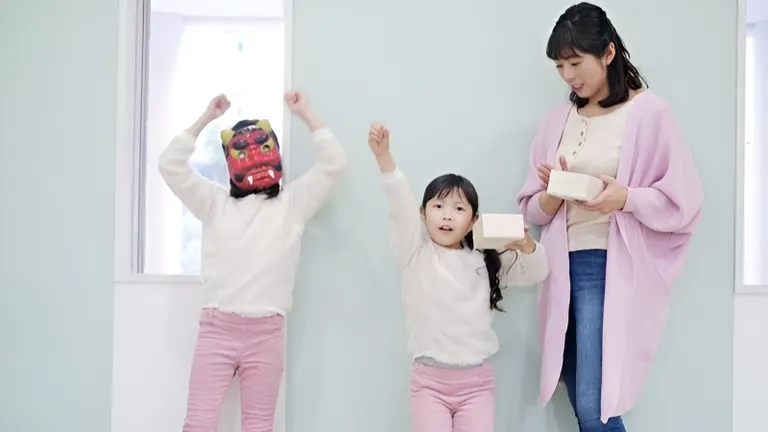
On Setsubun day, people throw beans to ward off evil spirits and wish for good health. There are several theories as to why people scatter beans, including "to destroy evil spirits (mame)" and "because a Chinese medical book said that soybeans kill demon poisons and stop pain. After the beans are sown, people eat the number of beans equal to their age plus one, which is called "Toshitori-mame," or "New Year's Beans," to pray for good health and good fortune for the year ahead.
Why do people sow peanuts instead of soybeans?
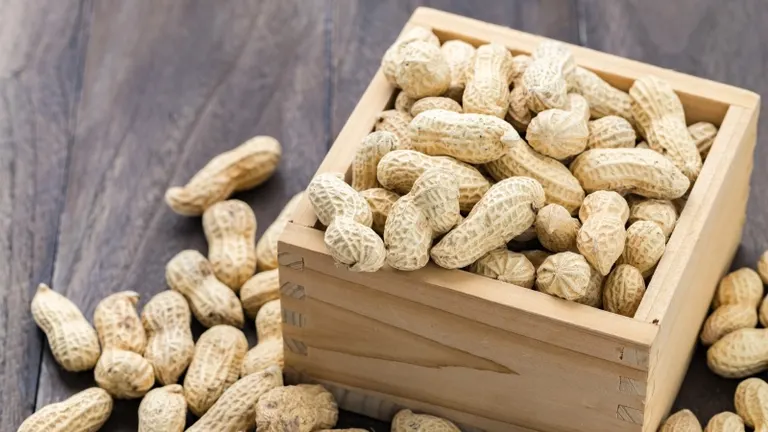
In Setsubun, some areas use soybeans and some use peanuts, with peanuts being sown in Hokkaido, Tohoku, and parts of Kyushu. The reason why peanuts are used in Hokkaido and Tohoku, which are snowy regions, is that "when throwing beans outside in the snow, it is difficult to see where the soybeans are when picking them up at the end, while peanuts are easy to find because of their shells. Another reason is that the presence of the shell makes them relatively less hygienic than soybeans.
Incidentally, in Kyushu, peanuts are used in areas such as Kagoshima, and the theory that the reason for this is "because that is where peanuts are grown" is strong. However, in Chiba Prefecture, one of the largest peanut producing areas in Japan, soybeans are used for "mame-maki" (bean-throwing ceremony).
While ehoumaki is good, this year's Setsubun is also a time for bean-throwing with the whole family!
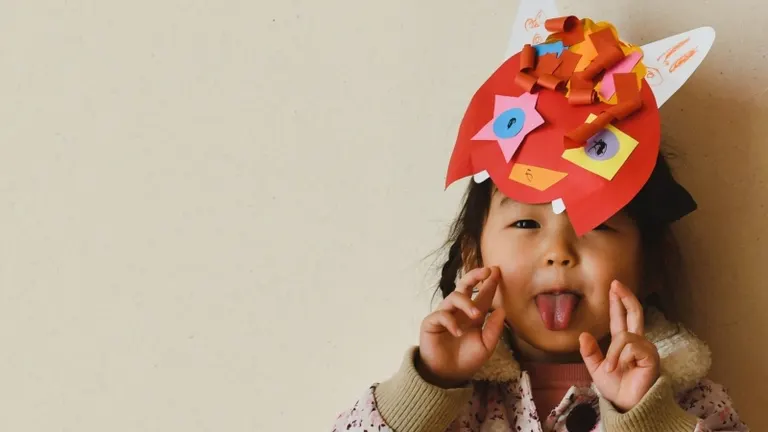
Even though it is Risshun, Hokkaido is still deep in snow at the end of winter during the Setsubun season. Recently, many people eat ehoumaki rather than mame-maki (bean-throwing) for Setsubun. Thinking of the beginning of spring, when the snow melts and the trees and plants sprout, people scatter peanuts to pray for good health and safety, saying "Oni wa soto, Fuku wa uchi! How about scattering peanuts to pray for good health?






